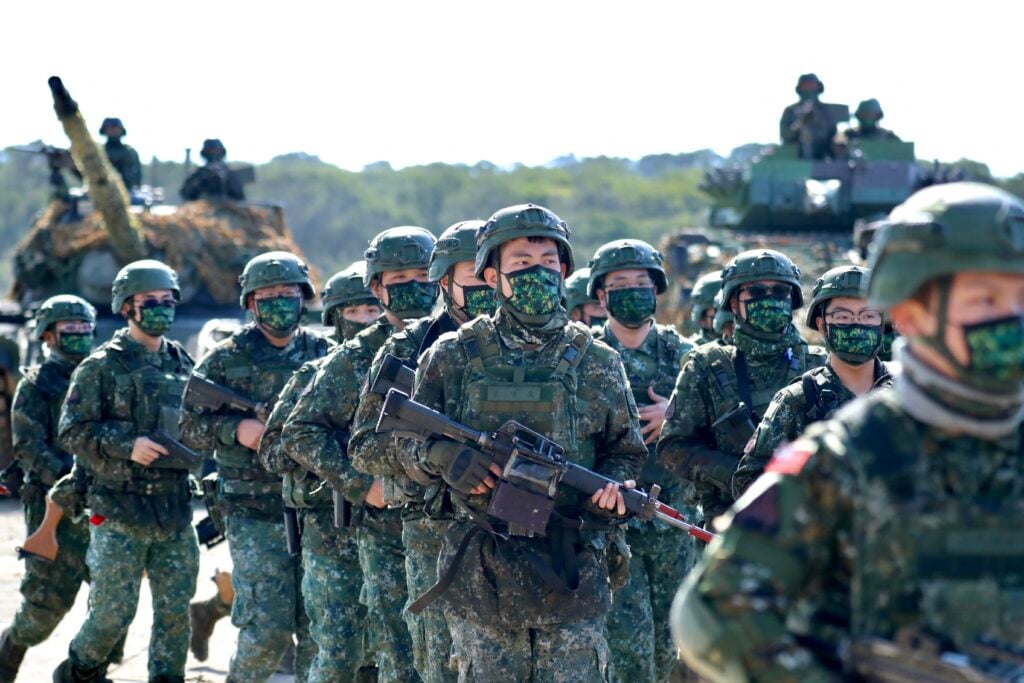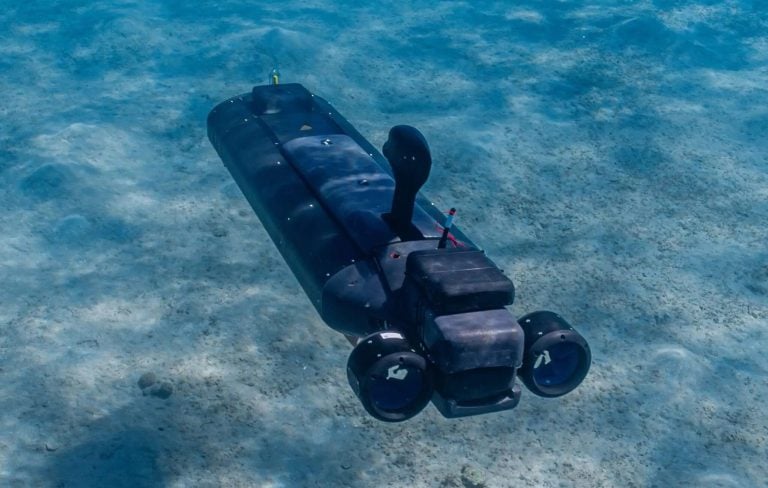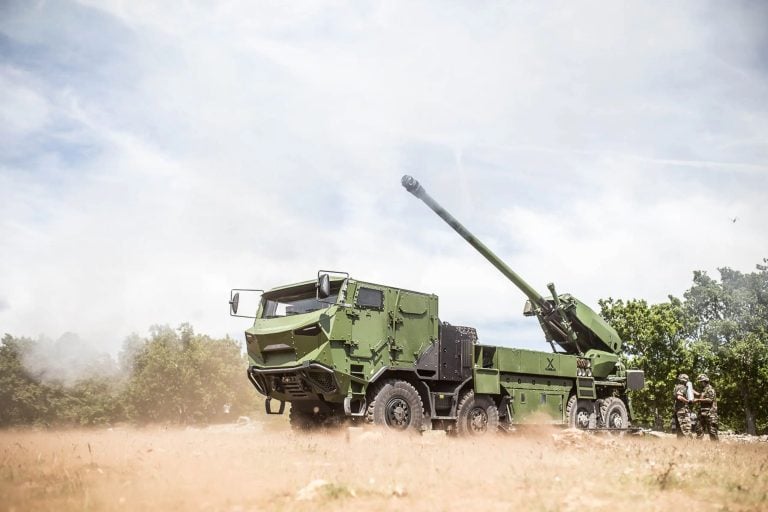Taiwan’s military is poised to launch its inaugural army drone units later this year as part of an extensive effort to modernize its armed forces in response to the intensifying threats from China. Defense Minister Wellington Koo outlined the initiative in an interview with the Wall Street Journal, noting that it builds on a similar program initiated by the marine corps, where several tank and artillery battalions have already transitioned to drone units.
This strategic shift underscores Taiwan’s increasing emphasis on asymmetric warfare, aiming to utilize smaller, innovative, and more agile systems to counterbalance the vast military capabilities of Beijing in the event of a potential invasion. Koo emphasized the significance of this approach, stating, “It would be best if China wakes up every day feeling like ‘today’s just not the day to invade.’”
In addition to the formation of new army drone units, Taipei is also focusing on the integration of unmanned surface vessels into its naval operations. This expansion of capabilities aligns with broader military modernization efforts aimed at strengthening Taiwan’s defensive posture.
A report from the Center for a New American Security in June 2024 underscored the need for Taiwan to enhance its long-range drone capabilities. The US think tank warned that China’s extensive drone fleet could provide a significant advantage in any future conflict. The report urged both Taiwan and its crucial ally, the United States, to expedite the acquisition of a sufficient number of “good enough” long-range drones to mitigate this potential threat.
Taiwan has made considerable strides in investing in unmanned aerial systems, with the state-run National Chung-Shan Institute of Science and Technology (NCSIST) spearheading much of the development. Among its latest technologies is the Chien Hsiang, an anti-radiation loitering munition that boasts a range of up to 1,000 kilometers (621 miles) and speeds ranging from 500 to 600 kilometers (310 to 372 miles) per hour when engaging a target.
Additionally, NCSIST is working on developing two new types of kamikaze drones, one inspired by the US Switchblade and another specifically designed for swarm attacks. This focus on innovative drone technology reflects Taiwan’s commitment to evolving its defensive capabilities amid the growing challenges posed by its larger neighbor.
















